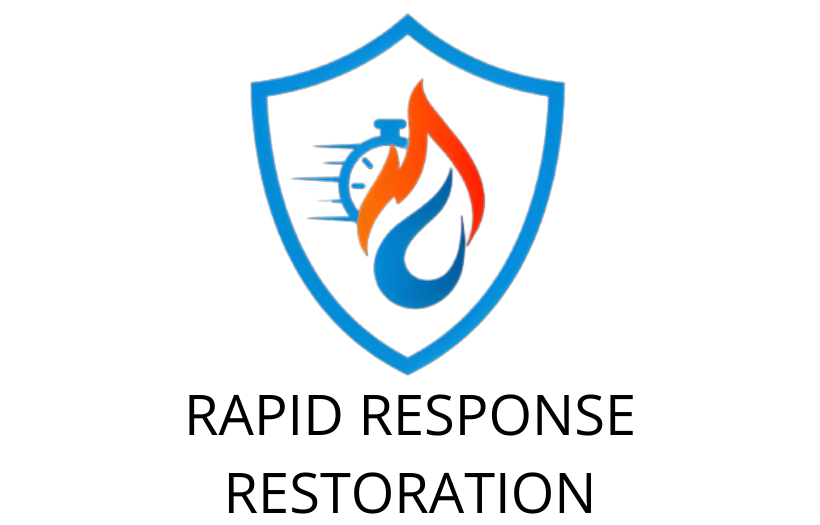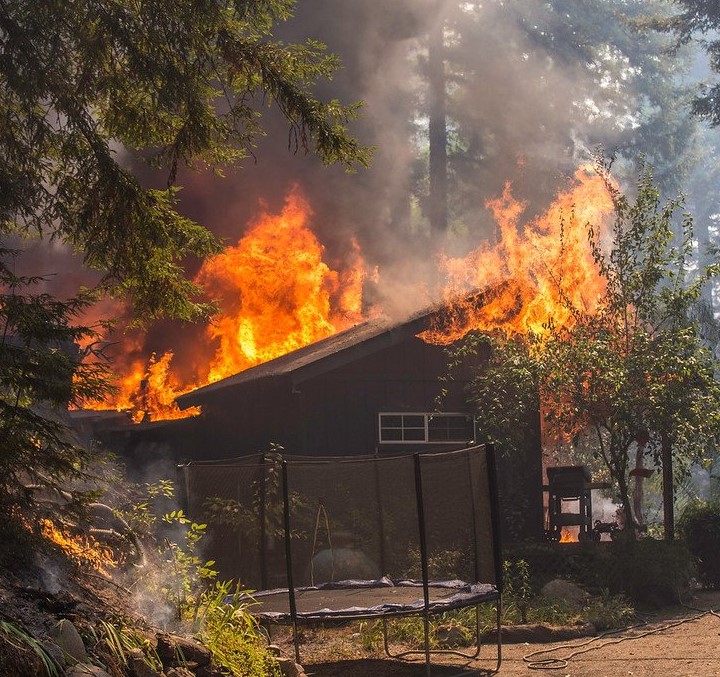House Fire Recovery Guide – Fire Damage Cleanup & Restoration
What to Do After a House Fire: Essential Cleanup and Recovery Tips
Meta Title: House Fire Recovery Guide – Fire Damage Cleanup & Restoration | Rapid Response Restoration
Meta Description: Survived a house fire? Learn critical steps for fire damage restoration, smoke smell removal, and how professionals like Rapid Response Restoration can help rebuild your home.
Introduction
A house fire is one of the most traumatic experiences a homeowner can face. Beyond the immediate danger, the aftermath—soot, smoke damage, water from firefighting efforts, and structural issues—can be overwhelming. Knowing what to do after a house fire is crucial to ensuring safety, minimizing further damage, and beginning the recovery process.
This guide covers:
Immediate steps to take after a fire
How to clean up fire and smoke damage
The professional fire restoration process
Health risks and insurance considerations
If you’re dealing with fire damage, Rapid Response Restoration provides 24/7 emergency fire restoration services to help you recover quickly and safely.
Immediate Steps to Take After a House Fire
Ensure Safety First
Wait for official clearance before re-entering—structural damage and toxic fumes may remain.
Wear protective gear (gloves, masks, sturdy shoes) if you must enter.
Contact Your Insurance Company
Report the fire immediately.
Document damage with photos/videos before cleanup begins.
Secure the Property
Board up broken windows and doors to prevent theft or further damage.
Cover exposed areas with tarps if the roof is damaged.
Call a Fire Restoration Company
Professional fire damage restoration is essential for safety and proper cleanup.
Rapid Response Restoration offers emergency fire damage repair to stabilize your home.
Fire Damage vs. Smoke Damage: Understanding the Risks
Fire Damage
Charred structures, melted materials, and weakened foundations.
Requires structural repairs and debris removal.
Smoke & Soot Damage
Soot stains walls, ceilings, and belongings.
Smoke odor penetrates fabrics, insulation, and HVAC systems.
Acidic residues corrode metals and electronics over time.
Health Risks:
Breathing in soot can cause respiratory issues.
Toxic fumes from burned plastics and chemicals are hazardous.
How to Clean Up After Fire Damage
DIY Steps for Minor Fire Damage
Ventilate the Area
Open windows and use fans to circulate air (if safe).
Remove Loose Soot
Use a dry sponge or vacuum with a HEPA filter to avoid smearing.
Wash Surfaces
Mix 1 gallon of water, 1 tablespoon of dish soap, and 1 cup of vinegar for cleaning walls.
Avoid abrasive scrubbing—it can embed soot deeper.
Deodorize Fabrics
Sprinkle baking soda on carpets, upholstery, and mattresses; vacuum after 24 hours.
Warning:
Do not attempt DIY cleaning if:
There’s extensive structural damage.
The fire involved chemicals or asbestos.
You smell strong smoke odors (indicating deep contamination).
When to Call a Fire Restoration Expert
Large-scale damage (multiple rooms affected).
Smoke odor persists after cleaning.
Water damage from firefighting efforts.
Electrical or HVAC systems were compromised.
Rapid Response Restoration provides complete fire damage repair, including:
Soot and smoke removal
Water extraction & drying
Structural repairs & odor elimination
The Professional Fire Restoration Process
Inspection & Damage Assessment
Experts evaluate structural integrity, soot penetration, and water damage.
Board-Up & Roof Tarping
Prevents further damage from weather or intruders.
Water Removal & Drying
Extracts water left by firefighters to prevent mold growth.
Soot & Smoke Removal
Dry cleaning for light residues.
Wet cleaning for stubborn stains.
Thermal fogging to neutralize odors.
Sanitization & Repairs
Antimicrobial treatments prevent mold.
Reconstruction of damaged walls, floors, and roofs.
Final Deodorization
Ozone machines or hydroxyl generators eliminate lingering smells.
How Long Does Fire Restoration Take?
Minor fires: 1–2 weeks
Moderate damage: 2–4 weeks
Major structural repairs: Several months
Factors affecting timeline:
Extent of fire, smoke, and water damage
Insurance approval process
Availability of materials for rebuilding
Does Insurance Cover Fire Damage Cleanup?
Most homeowners’ policies cover fire damage restoration.
Additional living expenses (ALE) may be included if you need temporary housing.
Document everything for your claim—photos, receipts, and contractor estimates.
Tip: Work with a fire restoration company that coordinates directly with your insurance provider.
Health Risks After a Fire
Soot inhalation → Respiratory problems.
Chemical exposure → Skin irritation or poisoning.
Mold growth → From lingering moisture.
Seek medical attention if you experience:
Persistent coughing, dizziness, or headaches.
How to Prevent Future House Fires
Install smoke detectors (test monthly).
Keep fire extinguishers in kitchens and garages.
Avoid overloading electrical outlets.
Clean dryer vents regularly.
Store flammable liquids safely.
When to Call a Fire Restoration Expert
Immediately after the fire, for emergency stabilization.
If smoke odors persist after DIY cleaning.
Before rebuilding to ensure safety and proper repairs.
Rapid Response Restoration offers 24/7 emergency fire damage cleanup—call us anytime for fast, professional recovery.
Conclusion
Recovering from a house fire is a challenging process, but quick action and professional help can make it smoother. Whether you need smoke smell removal, soot cleanup, or full fire restoration, Rapid Response Restoration is here to help restore your home safely.
Need emergency fire damage repair? Contact us today for fast, reliable service!



Leave A Comment